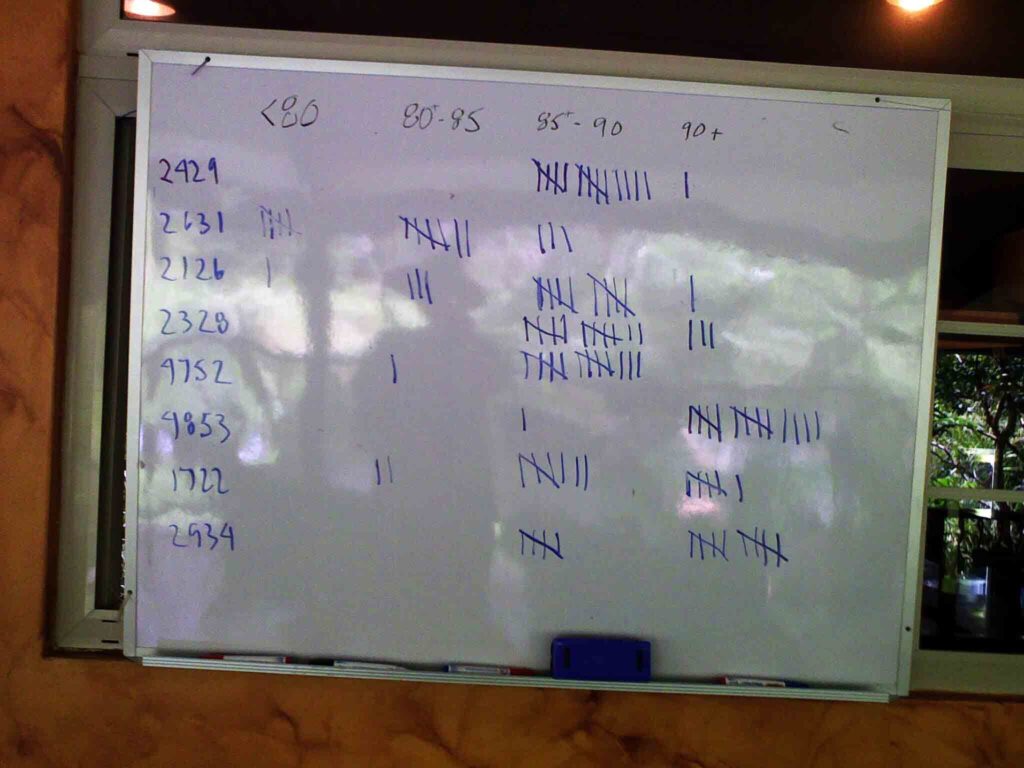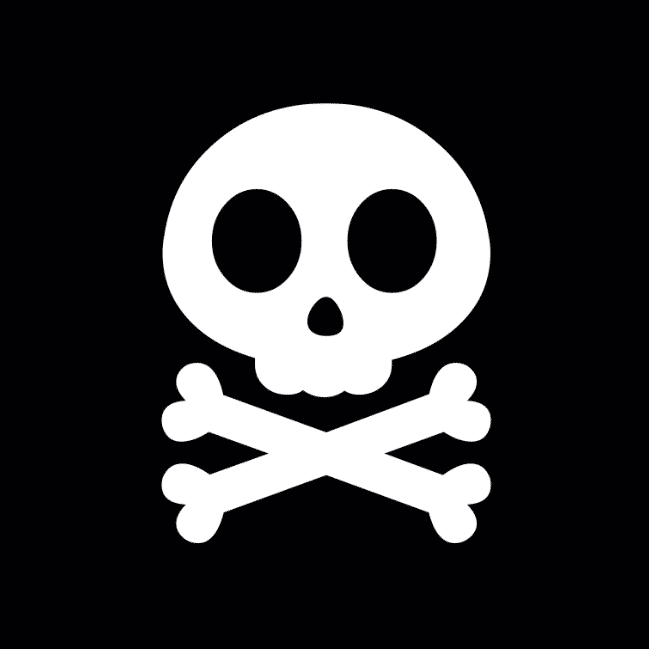Specialty Coffee Auctions have become the principal marketplace for the best specialty coffees in the world. These are the main focuses of the third wave coffee producers and marketers alike. Events like “Best of Panama” and “Cup of Excellence” are held in very esteem and are key occasions for roasters to purchase the very best coffees on the planet.
It hasn’t always been that way, though. The third wave coffee enthusiasts can take their hats off to the entrepreneurial efforts of the coffee producers in the province of Chiriquí, Panama. But how did that come to be?
Panama to the Rescue
In the past thirty years, we have seen dramatic changes in the coffee industry. The International Coffee Agreement basically controlled the prices for our precious brew up until 1989 when it collapsed and coffee prices fell with it. It was a “perfect storm” as Vietnam continued to increase coffee production at an alarming pace. This proved to be devastating for coffee producers everywhere.
Who would have thought that the solution would have come from one of the smaller producing nations in the world instead of the larger producers, such as Colombia or Brazil? Like other producing nations, Panama too was greatly affected. It was time for action.
It is true that specialty coffee has been around for a very long time. It has to do with precise farm care and process. Marketing specialty coffee, however, was relatively new. The term “specialty coffee” began to be heard more frequently as early as the 1970s.
It was in the face of this perfect storm that the Panamanian coffee producers decided to focus on this market instead of a commodity market. A band of seven families united themselves and founded the Specialty Coffee Association of Panama (SCAP) in 1996.
I had the pleasure of interviewing Sr. Plinio Ruiz of the Ruiz family which boasts well over 100 years of coffee-producing experience in the Boquete region. He correctly stated that the key to success is marketing. He continued, “If you know you have an excellent product and do not know how to market it, then no one will know how excellent your product is”.
There, in a nutshell, Plinio explained the genius of the SCAP members. They know they have an excellent product and they know how to market it.
Thus, along with the formation of the new association, the idea of a coffee competition came to light. The first Best of Panama was held in 1996. Coffee buyers from around the world were invited to be the judges of the final rounds. From there, the best coffees were auctioned off.
Prices began to reflect the quality of the beans and Panama was quickly gaining recognition as a fine competitor in the Specialty Coffee market. Perhaps, one of the most outstanding facts about SCAP and the Best of Panama is that it was and is totally developed and organized by producers, not buyers or roasters. Thanks to the Best of Panama, other organizations began to follow suit, such as the “Alliance for the Cup of Excellence” and its prestigious competition, the “Cup of Excellence”.
Geisha
This plant has played a crucial role in Panama’s claim to fame as a nation that boasts some of the best coffees in the world. How did it come about? Geisha has been in Panama for at least 50 years. Back in 2003, the Hacienda Esmeralda farm, owned by the Peterson family recognized it’s special qualities, and the following year it entered it in the competition. The result was winning an incredible $21 a lb. Thanks to the Best of Panama, geisha got its due recognition. This paved the way for many more changes and innovations to come from the dynamic producers of SCAP.
Don’t Stand Still
The Best of Panama is where the hard-working and innovative specialty coffee producers have the opportunity to show the world what they have accomplished throughout the year. The format has changed over the years.
When my farm entered the Best of Panama in 2009, there was only one category for all types of coffee and processes. If I recall, it was the first year someone entered with a “natural process”. As to be expected, “traditional milds” or “washed” coffees couldn’t compete with the “geishas”.
The innovative and enterprising producers were experimenting with different post-harvest processes, as well as farm improvement. This made it necessary to introduce more categories to the competition. Now, the Best of Panama is divided into 5 separate categories: Geisha Washed, Geisha Natural and Special processes, Pacamara Natural, Traditional Washed, Traditional Natural, and Special processes.
It is important to mention Geisha as the plant has played a crucial role in Panama’s claim to fame as a nation that boasts some of the best coffees in the world. Geisha has been in Panama for at least 50 years. Even in Coclé, where I have my farm, geisha has been there for a long time. Amazing as it sounds, no one appreciated its qualities. However, thanks to the Best of Panama, geisha got its due recognition. This paved the way for many more changes and innovations to come from the dynamic producers of SCAP.
Best of Panama vs COVID-19
Plinio explains that it is crucial for the association to find a way to celebrate the competition. They could not afford to lose this year to the pandemic. The Best of Panama had to happen.
Then, Plinio shared with me SCAP’s “secret weapon”. The SCAP membership has some very experienced and educated members. There are at least 3 members with Phds, others with master degrees in agriculture and other expertises. Some are chemical and hydraulic engineers to mention just a few and they are all working together. This, without a doubt, has proven to be beneficial in order to organize a successful Best of Panama competition in the face of COVID-19.
With social distancing, how is the structure this year? Plinio explained there are a total of 45 participants in the Best of Panama this year. In the first phase of the competition, there are 17 judges divided into 9 different laboratories. Also, assistants are required for the judges. They all need to eat and to be cared for. Naturally, the coffee has to be roasted beforehand.
Finally, the results of each day will be sent via the internet to the main server in Austria. These results will reveal who the runner-ups and finalists are for each category. The next step is to send green samples of the runner-ups and finalists to the international judges. There are a total of 17 international judges from 6 different countries: Taiwan, China, South Korea, Japan, and the United States. The head judge is from Australia.

Judges tasting the coffee at the Best of Panama Event 
Tally-board
These will roast and cup the beans and turn in their scores via the internet also. At this time, it will be known how the participants placed. These coffees will be on the online auction on September 16th.
Earned Respect
When looking back at how the third wave coffee scene has developed, one has to wonder, how things would have turned out if it wasn’t for the Panamanian ingenuity, entrepreneurship, and clear understanding of their product and the market? The Best of Panama remains to be the showcase of the fine products produced by the members of the Specialty Coffee Association of Panama.
All of us in the specialty coffee industry have good reason to keep an eye out on the activities of this dynamic group. There is always something new at the Best of Panama, the vanguard of the third wave coffee.


